For many years now, the only practical use of AR and VR has been in the field of gaming. Now, more recently, we have been introduced to the same technology in industries like entertainment, retail or e-commerce with brands like L’Oréal, Snapchat, Instagram and even a few new and experimental online makeup stores (beauty Tech – the latest trend of virtual reality) and other websites.
While AR or Augmented Reality is basically a computer which is able to detect live elements like a human face, human body, etc. with the help of a camera on a laptop or a smartphone. This same technology is what is responsible for Facebook being able to tag people (or suggest tagging certain people), Snapchat filters or even depositing an online cheque!
Virtual Reality or VR, on the other hand, is the complete absence of actual reality, transporting you to a completely different, imagined and sometimes even fantastical world. This can easily be achieved with the help of VR glasses or access to some of the lesser common VR rooms around the world. Such technology has often been used in areas like Art, Military grade training in many countries, or even as experimental installations.
A mix of both VR and AR is called MR or Mixed Reality. This is still very new grounds and as far as we know only HoloLens by Microsoft has made the most successful breakthrough. The HoloLens are MR smart- glasses which allow the user to enable holograms around him/her. This is basically futuristic tech we can witness in movies like Minority Report!
Beautifying With Tech
The newest explorer in this futuristic world of Beauty Tech sector. Back in 2015, Snapchat acquired a small IT company in Ukraine called Looskery. Looskery is primarily what made the infamous Snapchat filters; filters that allow you to swap faces with a friend or even your dog, make birds fly around your head and even make a rainbow pour out from your mouth.
Cosmetic giant, L’Oréal was wise enough to see the marketing opportunities the app could potentially offer. Fast forward to June 2016, L’Oréal have become the first to actually sponsor a lens on Snapchat to promote their then new Silkissime Eyeliner. By October ’16 they had launched another filter. This opened a whole new avenue in advertising as well as in the fields of AR driven businesses.
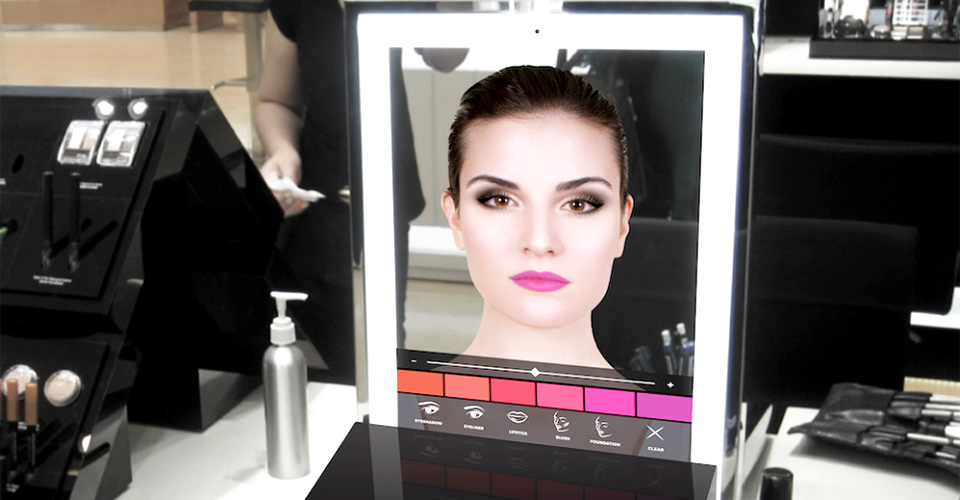
The past year has seen the launch of numerous apps and websites which allow you to try on a cosmetic before purchasing it, sitting in the comfort of your homes, offices or even during transit. Contrary to what a lot of people might think, this has actually bridged the gap between consumers and their online buying habits. You can now try on a shade of foundation using Augmented Reality and see if it matches your skin tone before actually purchasing the product. Before this, as many makeup wearers might agree, such results have only been possible in cases of in-store purchases where the consumer is allowed to actually test out the product on him/her with the help of testers. AR has completely changed online retail for cosmetics and other beauty products.
As of now, L’Oréal is the only known brand to be making internal-level decisions in areas apart from the actual product with the help of VR. The cosmetic giant comprises of 42 companies (including The Body Shop) with its headquarters in New York. It is rumoured that L’Oréal has a Beauty Lab (a virtual reality room) at the HQ where all the sub-brands are encouraged to use the room for better understanding their in-store presentation and feel of the store. Accordingly, they can make better decisions regarding packaging, branding, store designing if need be. This is by far the most progressive use of technology we have witnessed in the beauty and cosmetic industry (in the marketing and branding sphere).
Other Adventurers in the Game
L’Oréal isn’t the only brand monetising on such upcoming tech. An app released by Rimmel London enables it’s users to ‘try on’ any look they want referencing to images of their friends or celebrities. It is powered by augmented reality where a user uploads an image to the app. The app then browses through Rimmel’s internal cosmetic library and finds the closest matches. The ‘filter’ or the said product is then added to the user’s face. If liked, the product can directly be purchases using Google Shopping. We are yet to know if this has had any major impact on the sales of the company.
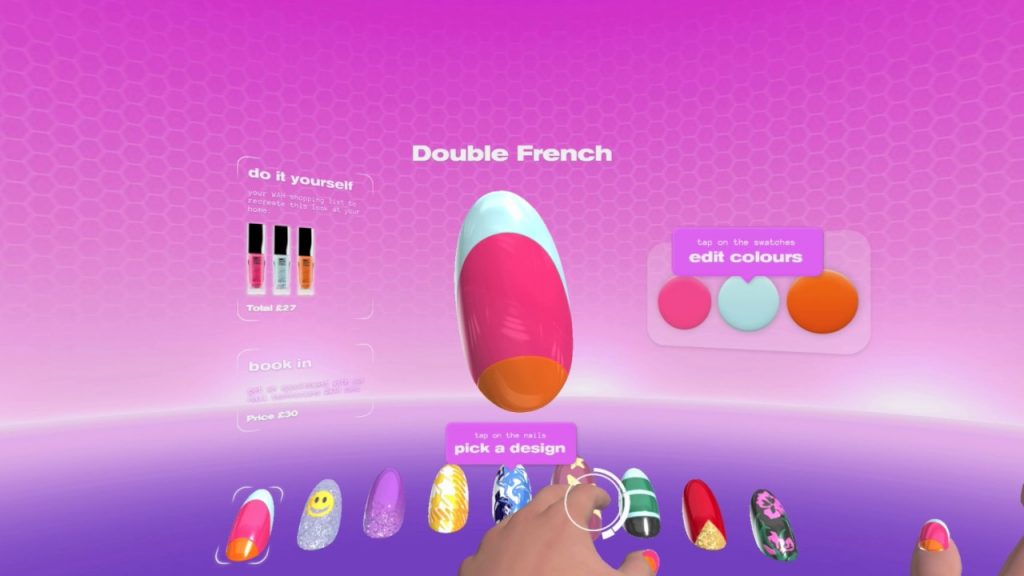
WAH Nails from London recently launched a ‘Virtual Reality Nail Designer’. They collaborated with creative design studio DVTK for the VR Lab. The lab is a part of their new flagship store in Soho where customers can get manicures, pedicures along with cocktails! The store also allows customers to discover other makeup brands founded by women. The VR Nail Designer basically makes the customer put on a pair of VR glasses and choose a design. They can browse through different nail designs, colours, shapes, etc. and narrow down on their best look. Once narrowed down, they can even pick up the same products from the store itself or save themselves the trouble and simply get the desired look at the nail bar downstairs from the WAH nail technicians. The store also boasts of an Art Pro Nail Printer present there. This printer allows you to print out actual designs, colours onto the faux nails which you can take home and use whenever you want!
Other brands like Sephora, Estee Lauder and Cover Girl are heavily incorporating AR fuelled tech into their online stores. Founder and CEO of ModiFace, Parham Aarabi says that “Augmented reality has become very mainstream in the beauty industry“. ModiFace is the company which created the tech for these beauty brands for their online, in-app and in-store experiences.
Sephora – Breaking Boundaries
Sephora’s app was one of the first in the beauty industry to ever run with an Augmented Reality centric online store. Parham Aarabi said that back in 2014, they demonstrated a fairly basic version of a tutorial with 2 steps –
- Showing the user where to apply blush
- How to apply it
Sephora saw the immense potential the technology had and decided to invest. It took a while but in-house technicians along with ModiFace managed to put together an extremely sophisticated technology for face recognition. The app is now advanced enough to even be able to apply numerous layers of make-up in a step-by-step format for the users to learn.
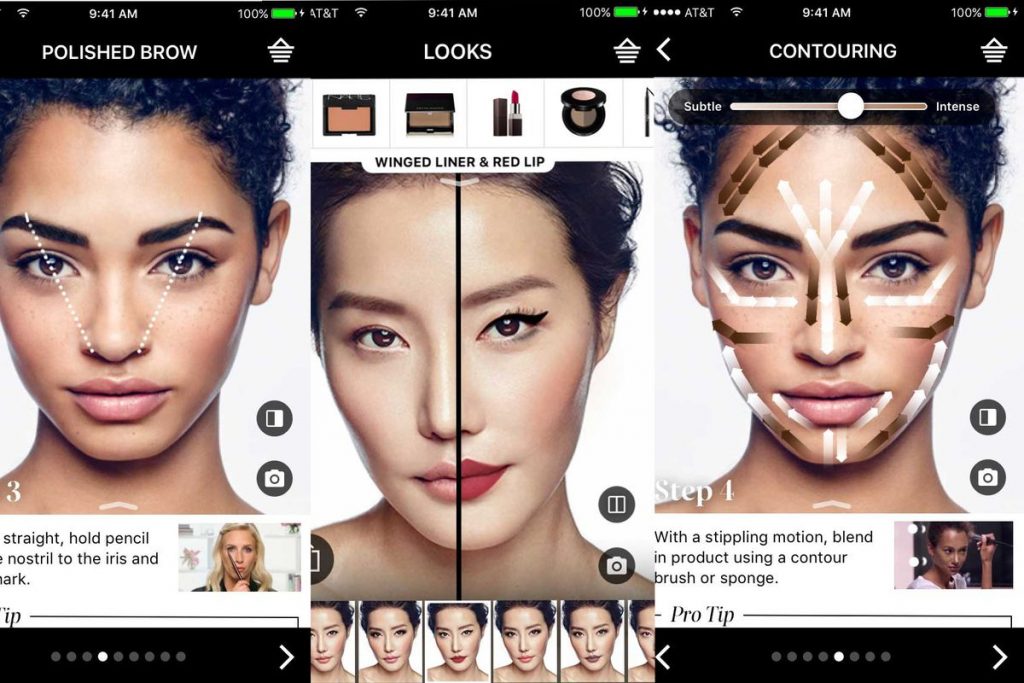
Sephora’s Innovation Lab Head, Bridget Dolan thinks that ‘AR VR tech can only be as successful as it is useful’. Dolan also says that customers are more likely to purchase a product depending on how well they know how to use it. Keeping this in mind, the Virtual Artists tutorial tool was devised.
At the moment, the VR tutorial tool has many step-by-step guides for various looks and occasions. Each ‘step’ in the tutorial markets specific products while also teaching users how to apply them. Moreover, the app has over a thousand featured colours of eyeshadow and also can teach complete styled looks to the users. The products used during the tutorial can very easily be added to your online shopping cart. Since the user already has a very good idea of how the product will look after application, all which is left to do is purchase!
When asked about his experience on working with Sephora, Parham Aarabi said that usually tech companies are caught up with the task of convincing companies to see potential growth opportunities and to make them invest. However, in the case of Sephora, Bridget Dolan and her entire team saw this as a potentially long-term growth hack. Even if it doesn’t work out for Sephora financially, we are still glad on the technological breakthrough!
Sephora is not the only brand to actually use AR VR for current sales. Other brands like CoverGirl, Rimmel London, Shiseido, OPI and WAH Nails have been incorporating AR VR tech on apps or stores.
How Can Computers Even Do This?
It’s quite simple honestly. The make-up brand app, in a way, use filters just like Snapchat. So how does the computer know where to apply what product?
Well, for starters, we need to understand something called Computer Vision. Computer Vision is when pictorial data from your cameras is transferred to the computer. The computer only understands pictorial data to be binary (in 1s and 0s). However, since all human faces are basically the same, we can lay down some conditions for the computer to recognise. For example, the eyes are darker than the forehead and cheek bones; the nose bridge is the lighter line between the two darker points (the eyes).
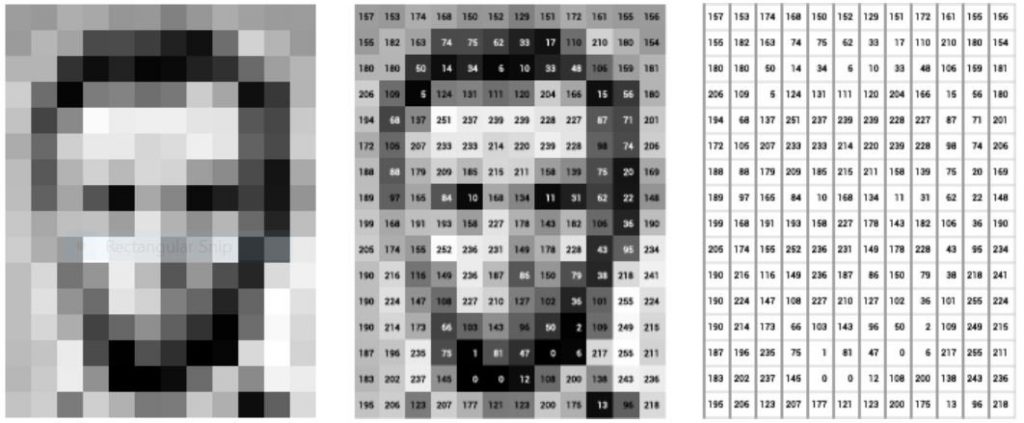
The computer will then take the data and scan the images for lighter and darker pixels. Based on the general human facial conditions set, the computer can then very easily detect human faces. For this very reason, side profiles or top profiles of humans in pictures cannot be detected.
Detecting a human face is easy. However, now adding layers of makeup or even a simple dog nose (like on Snapchat or Instagram) is the tricky part. Some companies use an ‘active shape model’, where clear facial demarcation on imagines is done manually for thousands and thousands of images. This basically comprises for the data that the computer has to ‘refer’ to. This is done so because humans look ‘similar’ but not ‘same’. Just like how we initially conditioned our computer to recognise basic patterns, we are now teaching it to be more precise by giving it more data to rely on.
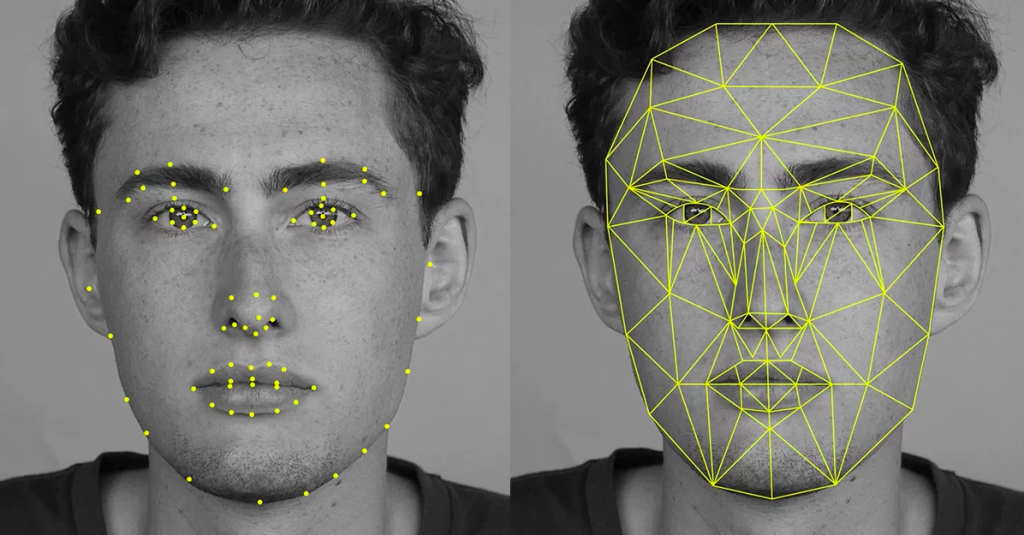
The computer then creates a 3D-Mask which can be moved. This is exactly what allows you to take a video with a dog nose whilst constantly moving. Now you can imagine how sophisticated the technology must be in order for brands like Sephora to be able to actually be able to apply MULTIPLE layers of makeup on a constantly moving face to perfection!
Beauty Tech has just arrived
Now that we understand how feasible it is to use AR in the makeup industry that called as beauty tech world, imagine being able to try ANY beauty product on your mobile phone. That is exactly what Estee Lauder has done. The umbrella brand Estee Lauder that owns smaller sub-brands like Bobbi Brown, Clinique and MAC has made an AR-fuelled shop available on all its websites. The tech here was again provided by Parham Aarabi’s ModiFace who states that the Estee Lauder brands have actually ‘doubled their conversions’ thanks to the new digital shop!
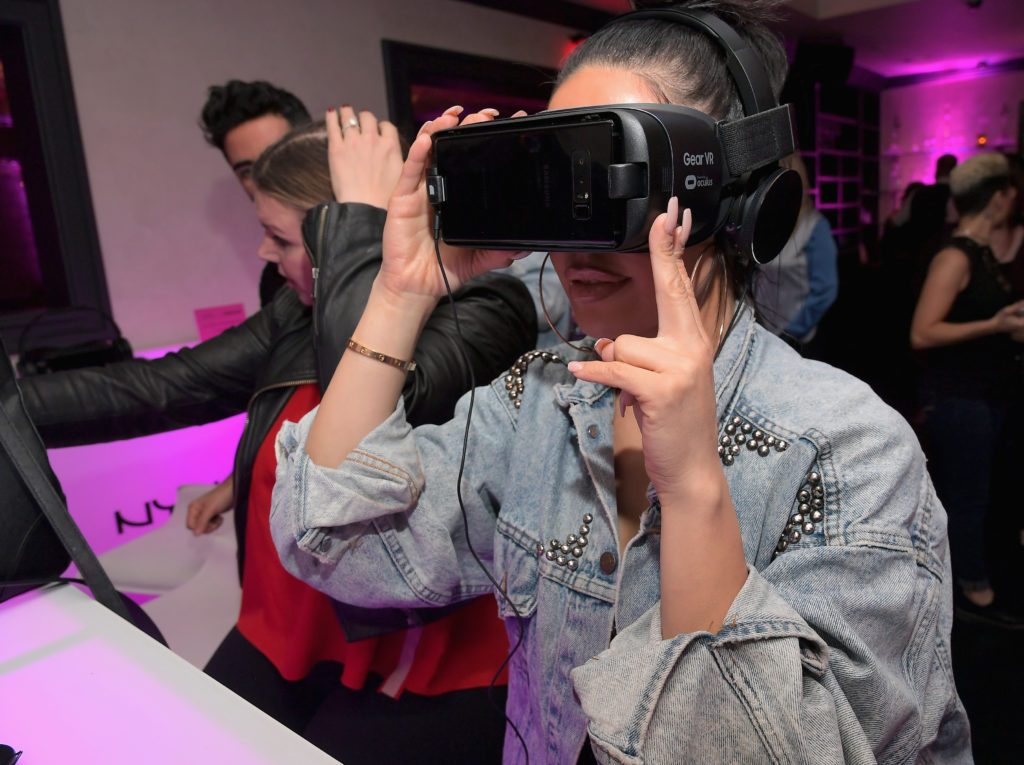
With such drastic improvements already showing up in numbers, it’s not too long before other competitor brands globally also start incorporating similar technology in their business strategies. We will be on the lookout for any further updates in the BeautyTech space.
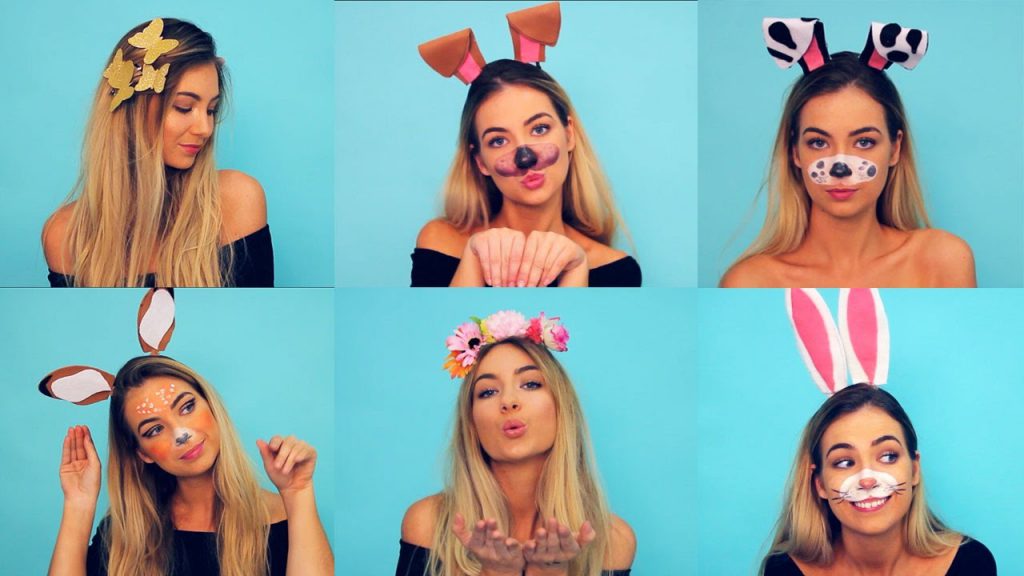




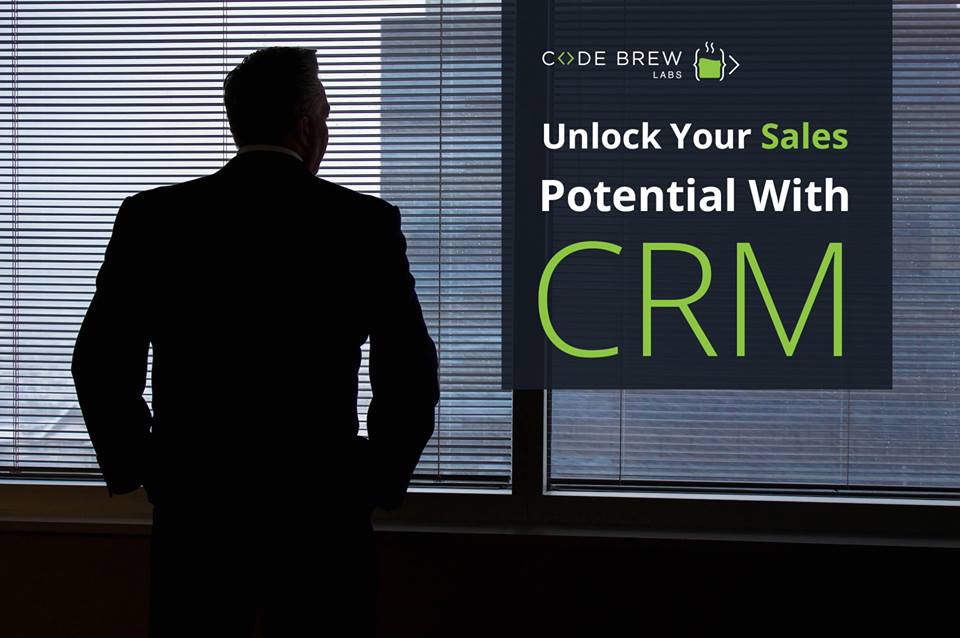
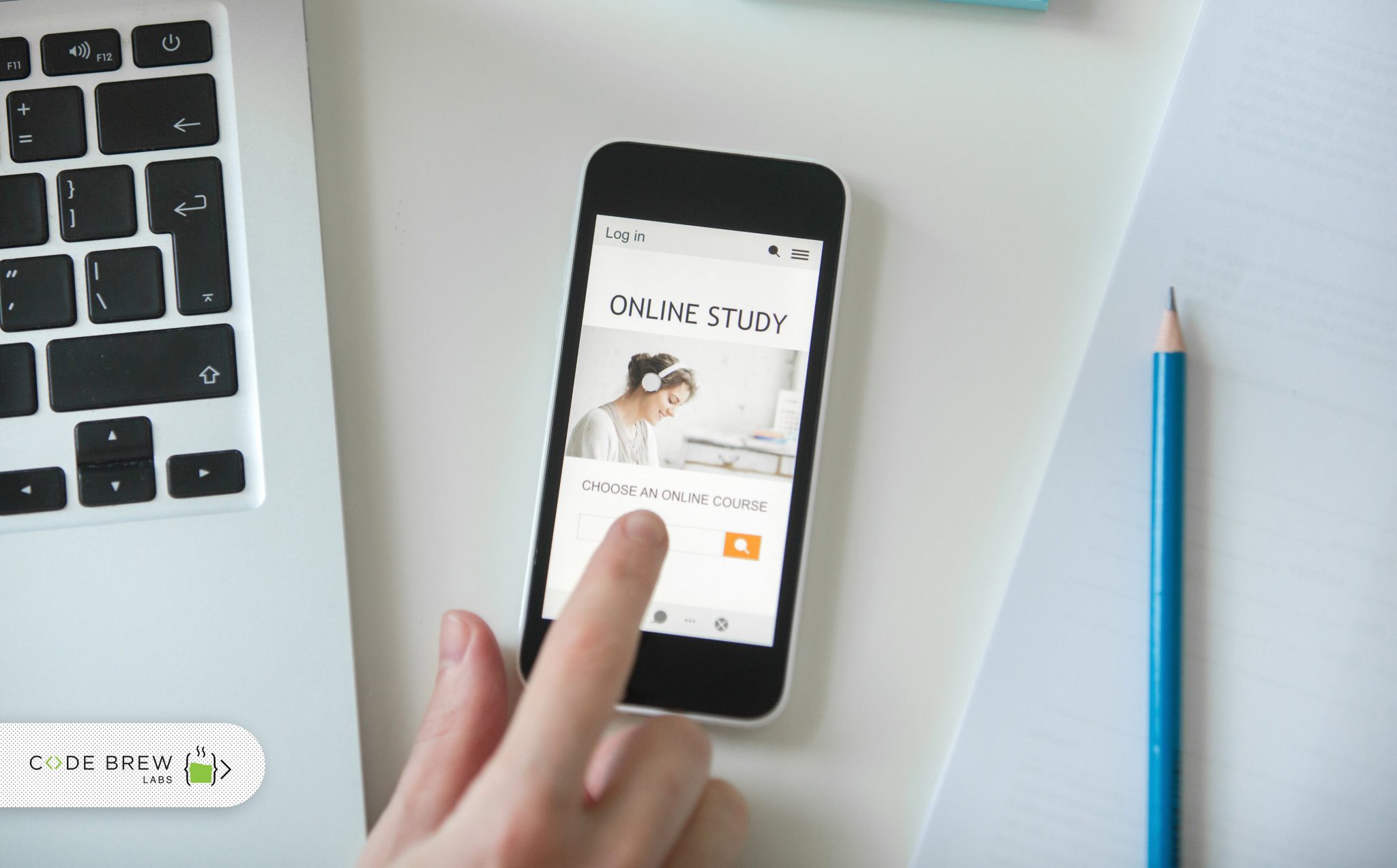
Shagun, thanks a lot for the post.Really thank you! Much obliged.
Beauty sector is going to rule soon. Thanks for sharing this piece.
I’m more than happy to uncover this web site.
I need to to thank you for your time just for this fantastic read!!
I definitely savored every bit of it and i also have you book-marked to see new stuff in your site.